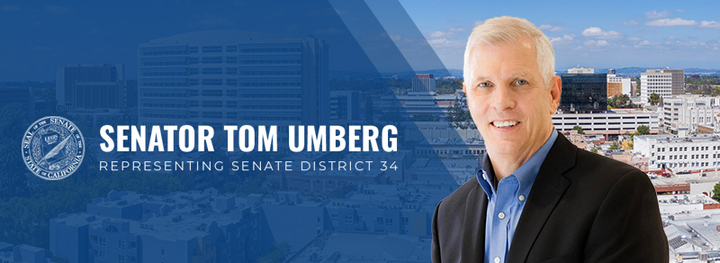
LA Times Editorial Presents a False Choice
Thursday’s piece, “Have We Learned Yet? Harsher Penalties Won’t Save us From Fentanyl” by the Los Angeles Times Editorial Board, is deeply misleading.
The Ed Board argues that “It’s fantasy to think that we can interdict or punish our way out of this crisis, or that a criminal sanction will better dissuade someone from ingesting an illegal drug than the prospect of instant death or rotting flesh.”
What’s fantasy is comparing our fentanyl epidemic to the drug overdose crises of yore.
As the former Deputy Director of the Office of National Drug Control Policy in the White House and federal prosecutor, I am uncomfortably and intimately familiar with nature of drug use and substance use disorders -- but this fentanyl crisis IS ABSOLUTELY NOT the same as the cocaine, heroin, methamphetamine, or any other drug overdose epidemic that has ravaged our nation for the past decade.
The reality of our fentanyl crisis is that the vast majority are those who die today believed they were getting something else (Percocet, Adderall, Xanax, Heroin) and don’t know they are taking fentanyl or drugs laced with fentanyl. Among teenagers, overdose deaths linked to synthetic opioids like fentanyl tripled in the past two years, yet 73% have never heard of fake prescription pills being made with fentanyl.
While any purchase of drugs from the street or black market inherently carries a risk, what we are seeing today is the unprecedented poisoning of young Americans.
There is no fear of addiction, or need to ask for help when a victim dies almost immediately of a substance they never assumed would kill them.
There is no thought to seek out a safe injection site when you believe you and your friends are sharing some cocaine socially at a party over the weekend. You assume the worst possibility is an overdose and that someone will be there to help you – not that everyone will die within minutes of each other.
One does not think to carry Naloxone nor use it if you plan to take a Xanax before a plane ride to calm your nerves.
A 15-year old seeking Adderall to help stay awake to study for finals but dies almost immediately has no ability to make use of California’s 911 Good Samaritan Law.
Nobody in California is talking about prosecuting fentanyl users, applying harsher penalties to them, nor putting them behind bars. Nobody. To suggest so and equate it to the “War on Drugs” is dangerously misleading and borderline irresponsible. This epidemic requires an “all in/every tool” approach to the crisis: prevention; education; treatment; and stopping repeat sellers. Arresting and prosecuting fentanyl dealers alone is an insufficient response to meet this crisis. That’s why I have introduced three measures to prevent the harm caused by fentanyl.
We must address the fentanyl crisis through the lens of poisoning – not abuse -- and it needs to be multi-pronged in its approach. It must incorporate education, public outreach, harm reduction, community programming, recovery, and rehabilitation programs, and it must absolutely include our public safety officials.
This is not an “if/or” debate.107,500 deaths in one year demands a full scale response by the Legislature, law enforcement, and public health officials.
Much ink has been devoted to the Legislature’s misguided approach to this crisis so far this year and my Senate Bill 44, Alexandra’s Law, as a piece of that puzzle. It does not put users behind bars – it warns drug dealers that if they distribute fentanyl – again – and kill somebody there are greater consequences. Simply put under SB 44, a person being charged with the crime of selling or transporting fentanyl would receive a warning that they are engaged in a deadly activity with a substance that has proven its ability to kill.That warning also informs them that if they should do so again, and someone should die of fentanyl poisoning as a result, they may be prosecuted for homicide.
We can and very much should continue to debate the best approaches to overdose prevention, substance abuse disorders, and rehabilitation for those caught in the cycle of drug abuse.With 120 legislators in California there are more than enough opportunities for those conversations – none of which should prevent us from putting proven tools like SB 44 in the hands of law enforcement at this very moment.
The death toll from fentanyl has reached such outstanding numbers that we are obligated to do everything we absolutely can to stem this tide. The lives of our children, family members, and friends depend on it.